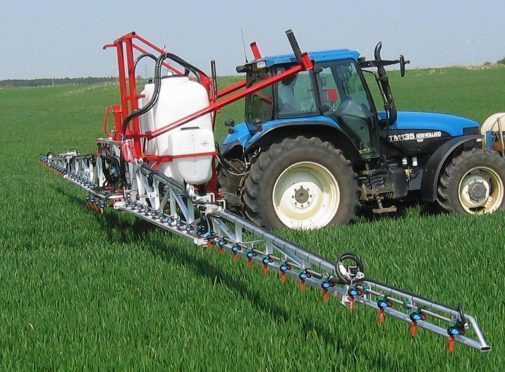A ban on the use of glyphosate would cost British farmers almost £1billion a year, according to a new report.
The report was compiled by research body Oxford Economics and agricultural consultancy firm The Andersons Centre in partnership with the Crop Protection Association.
It found that an EU-wide ban on herbicides containing glyphosate would lead to a reduction in farm output of £940million, reduce tax revenues generated by £193million, and decrease wheat production by 20%.
The report suggested that the ban could eventually result in an increase in food prices for consumers.
“Findings are very clear, a glyphosate ban will negatively impact UK GDP and agriculture, at a time of real uncertainty for British farmers,” said Oxford Economics director of consulting, Ian Mulheirn.
“If glyphosate was not approved for use in the UK but remained available in the rest of the world, this would place domestic production at a considerable disadvantage. An EU-wide ban could even push up food prices for consumers.”
Crop Protection Association chief executive, Sarah Mukherjee, called on the UK Government to vote to renew glyphosate.
She said: “Failure to do so risks damaging the economy, the environment and the agricultural sector.”
